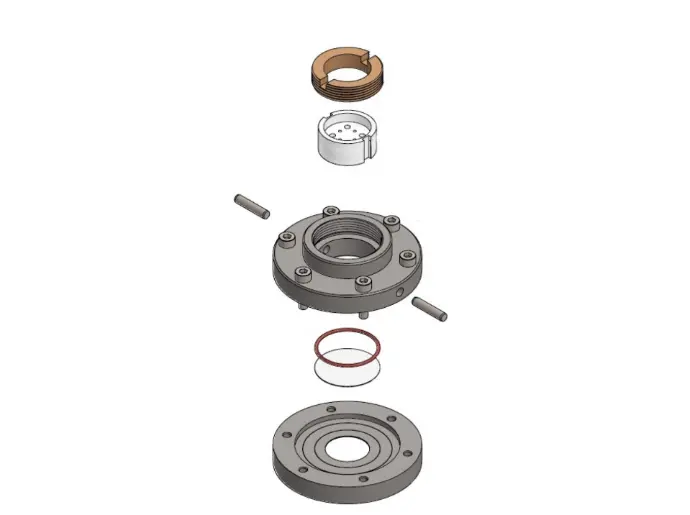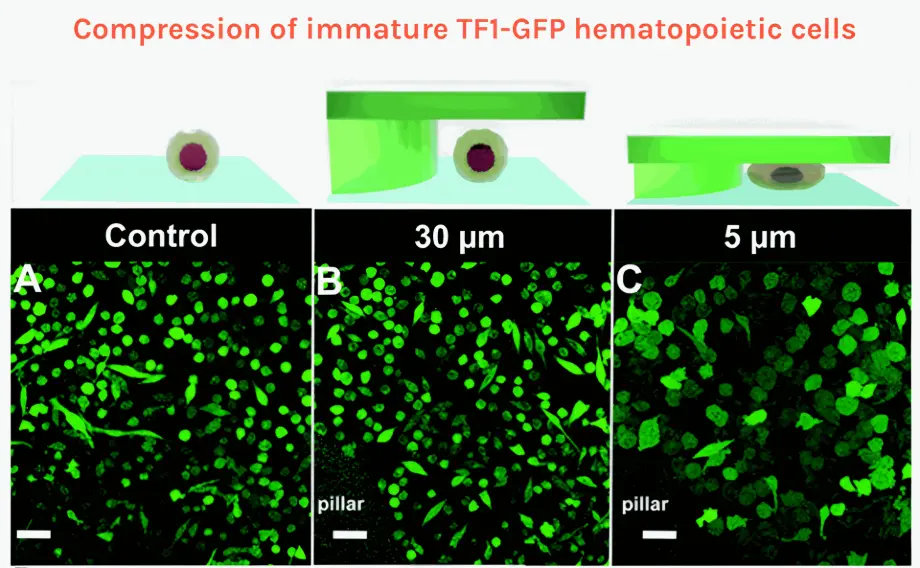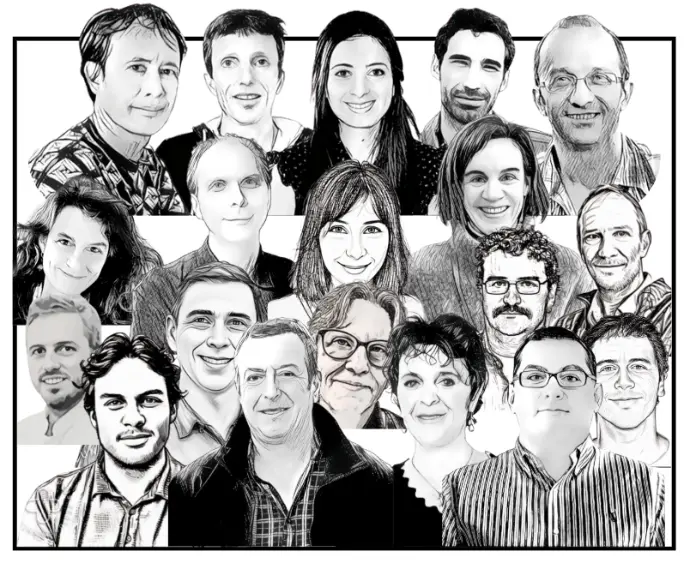
Who is Charlotte Rivière ?
Charlotte Rivière is a biophysics researcher and lecturer at the University Claude Bernard Lyon 1 and a junior member of the French Institute of University Professors (IUF) since 2019. Her work focuses on studying the mechanical properties of the tumor microenvironment and developing microfluidic systems to analyze cancer cells and test therapeutic agents. A recipient of the CNRS Bronze Medal in 2021. She is recognized for her contributions at the physics-biology interface and advancements in cancer research.Mechanobiology: Innovating cellular confinement for molecular and imaging studies
In her lab, Charlotte Riviere's team sought to replicate the highly confined conditions found in fibrosis and cancer to understand their impact on cells. At the same time, Dr. Véronique’s team needed a way to study long-term cellular confinement while introducing drugs at specific times.
No existing device could meet both teams' needs. They wanted a solution that combined precise confinement control, compatibility with time-lapse microscopy, the ability to track cells over extended periods while exposing them to chemotherapeutic drugs, and convenience for in situ immunostaining or sample retrieval for further molecular analyses.
Rather than settle, they joined forces.

Charlotte Rivière, Audrey Prunet, Hélène Delanoë-Ayari, Gilles Simon and Véronique Maguer-Satta (ILM Lyon, France)
Innovation takes shape
Months of collaboration, prototypes and testing led to the creation of the Softconfiner. By leveraging the unique properties of agarose, the team developed a device that allowed precise cell confinement, medium renewal, and drug delivery, all while maintaining cell viability for up to eight days. Crucially, the Softconfiner revealed how mechanical confinement influenced cell proliferation across different cell lines.

The birth of the AgarSqueezer
Seeing its potential, the team worked to refine the technology for wider use. The result? The AgarSqueezer, a versatile and user-friendly tool for researchers eager to explore how mechanics influence cell behavior.
Today, the AgarSqueezer embodies the power of collaboration and innovation. Designed by researchers, for researchers, it’s unlocking new possibilities in understanding the mechanics of life itself.
Paper: A new agarose-based microsystem to investigate cell response to prolonged confinement (DOI: 10.1039/d0lc00732c)

